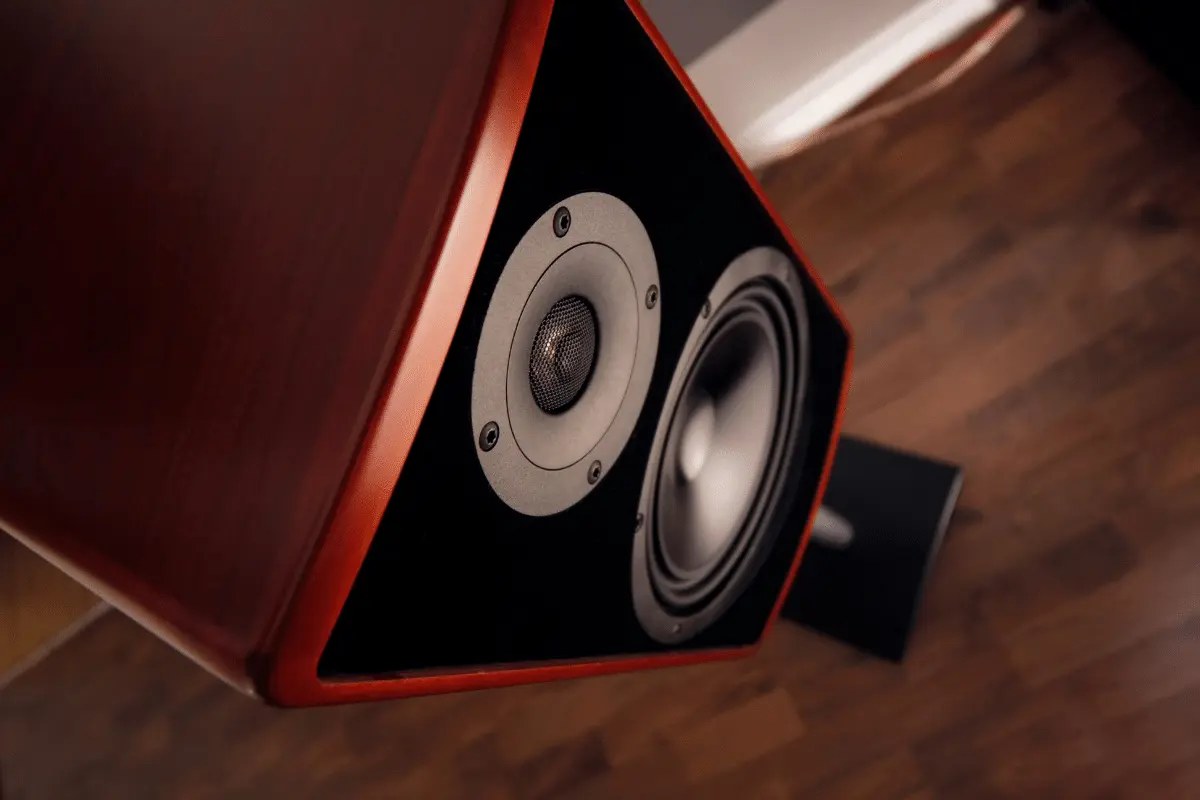If you’ve ever wondered why your earbuds are hurting your ears, you’re not alone. Whether it’s improper fit, increased noise levels, or dirt-filled earbuds, you’re not alone. We all do it – so read on to learn more about the most common reasons for earbud pain. In this article, we’ll explain how these products can affect your hearing.
Improper fit
An ill-fitting earbud can cause pain and discomfort in your ears. A bad fit may be the result of an ear infection or damage to your ear cartilage. Improperly fitting headphones also squeeze your ear’s delicate cartilage.
While most people have no problem wearing headphones, some people are sensitive to the materials and chemicals used in earbuds. An earbud may even cause a skin reaction, so make sure to wear a pair of headphones before you put them in your ears.
Incorrect fit: It’s not only the wrong size of earbuds that cause pain, but also the sound quality. Incorrectly sized earbuds can cause pain in the ear canal, as the ear tip won’t fit snugly in the lobes. Improper fit also leads to ear fatigue and long-term use can cause damage to ear cartilage.
Improper fit: The size of earbuds should be appropriate for your lobes. An improper fit can lead to ear pain and hearing loss. In addition, excessive noise streaming from earbuds may cause tinnitus, a condition where you hear head noises in your ears. If you are not careful, you may even develop allergic reactions to the materials in your headphones.
Improper fit: If the earbuds are not properly fitted, they rest unevenly inside your ear canal. Their different sizes will create pressure points and cause discomfort and fatigue. They can also cause sore cartilage or a cotton ball in your ear. Even worse, improperly fitted earbuds can compromise the audio quality of your music. The sound will leak out of the ear and irritate your ears.
Boosting frequencies
If you’ve had problems with earbuds that hurt your ears, you may be wondering if boosting frequencies will fix the problem. While there are some instances where boosting frequencies will help, it’s best to avoid the practice if you can.
The amplifiers in your headphones are not powerful enough to increase their volume significantly, and you risk causing damage to your headphones in the process.
Increasing the equalizer setting will not damage your headphones, but it can damage them if you listen to music at extremely high volumes. In extreme cases, the volume can even blow your headphones.
While this is rare, it’s better to be safe than sorry. When it comes to headphones, you shouldn’t turn them up too much or risk damaging your ears. However, some people do prefer boosting their headphones’ EQ levels to improve their sound quality.
Noise levels
Whether or not earbuds hurt your ears depends on how loud the sound is. Typically, normal conversation will only reach 60 to 65 decibels, while lawn-mowing is around 100 decibels.
The safest way to listen to music without hurting your ears is to use earbuds set to 80 decibels or lower. Then, turn them down until the music is soft enough not to disturb the people around you.
In addition to the volume level, there is the volume limit on most headphones. Although this might sound excessive, the industry standard is 80dB, which is equal to the sound of a lawnmower or leaf blower.
In comparison, 50 percent volume is safe for kids. Therefore, earbuds that don’t limit volume can hurt your ears. However, it is important to keep in mind that children can easily get around these limitations.
Loud noise can cause serious hearing loss, particularly for children and young adults. If a child listens to music for hours a day, it can erode their ears. For example, if the headphones are worn over the ears, they can squeeze or bend the pinna cartilage.
This is a painful experience, and in extreme cases, it may even result in an infection. Furthermore, prolonged use of the headphones can lead to pain in the surrounding areas.
For the most effective way to reduce noise levels, earbuds should be set for 85 decibels or less. Experts recommend listening to music at less than sixty percent of their maximum volume.
If you don’t have access to a measuring device, you can simply listen at a lower volume for a few minutes a day. However, the higher the volume, the more likely you’ll harm your ears.
Dirty earbuds
Did you know that your earbuds could be harming your ears? Bacteria can grow on your earbuds and can even be transferred from your hands. The majority of people touch their earbuds with their hands on a daily basis, so bacteria from your hands could end up on your earbuds.
The same bacteria can even get transferred to the charging case. Not only that, but earbuds are often left in dark, damp places, which provide the perfect environment for bacteria to grow.
To remove this buildup, try using canned air or a microfiber cloth. If your earbuds are deep, you can use putty or a cleaning gel to clean them. For deeper earbud tips, try a warm putty.
Rolling the putty or a sponge over the area should help remove most of the gunk. You may have to repeat this process a few times before getting the gunk out.
You can also try cleaning your earbuds using alcohol wipes. This is especially effective for those with soft rubber tips, as the earbud’s tip will be protected from earwax. After that, take the earbud out of your ears and gently blow off the excess dirt.
Make sure to allow the earbud to dry overnight, before you put them back in your ears. It’s important to follow these simple steps so that your earbuds are as clean as possible.
Another good habit is cleaning your earbuds. If they’re not as clean as you want them to be, use alcohol wipes to disinfect them. Or you can use toothpicks to clean the inside of your earbuds. Either way, make sure to clean your earbuds on a weekly basis.
Cleaning your earbuds regularly will prevent your ear from being harmed by dust or bacteria.
E.C.D.S.
The ECDS is a set of guidelines designed to reduce the number of misdiagnoses and provide better patient care. It consists of 750 diagnostic codes that include both confirmed and suspected diagnoses.
It aims to simplify the diagnosis process for both clinicians and patients. The ECDS is different from supplemental data in that it is not intended to replace the existing diagnostic codes. However, it may still be useful to clinicians for other purposes.
The ECDS measures are based on the traditional HEDIS measure definitions, but with expanded specifications. These measures require more complex logic than traditional HEDIS measures, and include multiple numerators and denominators, as well as numerous stratification.
In addition to this, the ECDS includes the PRS measure, a health plan’s ECDS score is based on this information.




Leave a Reply
You must be logged in to post a comment.